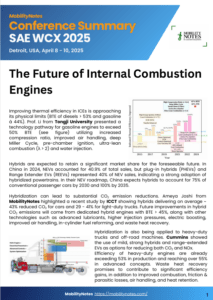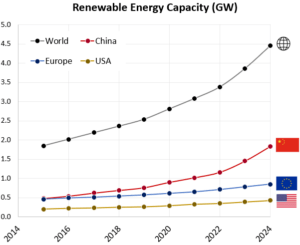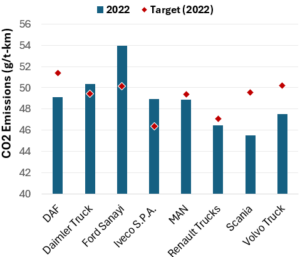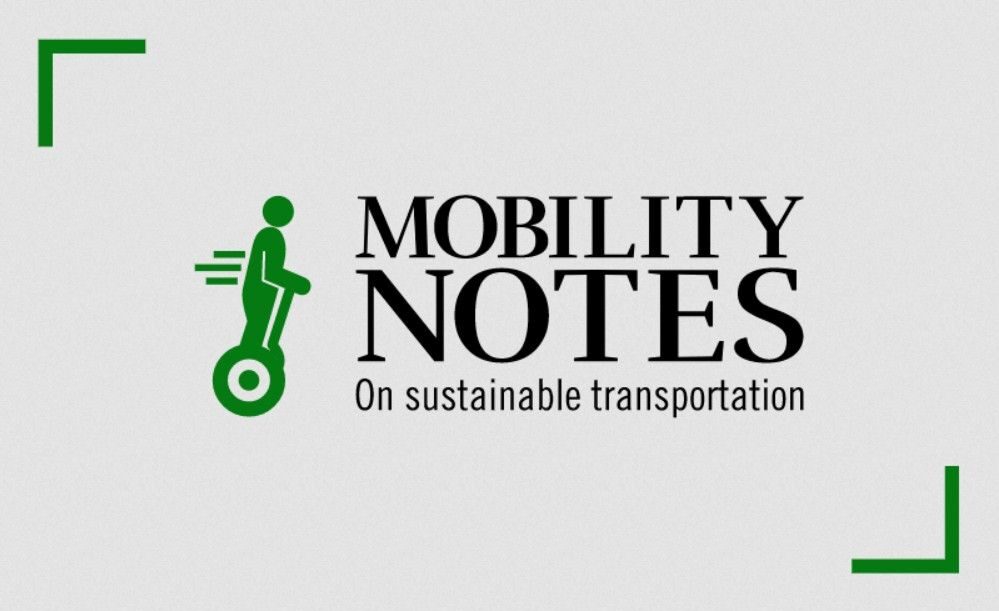Regulations
US EPA MY 2027-2032 Light-Duty CO2 Standards
A preview to a longer summary to come on the final EPA multi-pollutant rule on greenhouse gas and criteria pollutant emission limits for light- and medium-duty vehicles
Reference
Multi-Pollutant Emissions Standards for Model Years 2027 and Later Light-Duty and
Medium-Duty Vehicles
Published March 2024
This is a preview to a longer summary that we will publish for the 1,181-page rule finalized by the EPA, limiting greenhouse gas and criteria pollutant emissions from light- and medium-duty vehicles. If you are interested in future updates, sign up to the “5-min Monthly” below.
As in the past, the EPA rule establishes separate CO2 limits for passenger cars and light-duty trucks, as shown in the figure below. OEMs have to meet the fleet averaged requirements based on footprint curves for their vehicles sold.
Much more to come – the projected electrification, treatment of plug-in hybrids, criteria pollutant limits (NOX, PM). If interested in further updates, sign-up below.
Sign up here to receive such summaries and a monthly newsletter highlighting the latest developments in transport decarbonization
5-Min Monthly
Sign-up to receive newsletter via email
Thank you!
You have successfully joined our subscriber list.
Recent Posts

Conference Summary – SAE WCX 2025
![]()
A summary of the “SAE WCX 2025” conference held in Detroit.

IRENA Renewable Energy Capacity Statistics 2025
![]()
According to the latest report from IRENA, 2024 saw the largest increase in renewable capacity, accounting for 92.5% of overall power additions.

CO2 Emissions Performance of Heavy-Duty Vehicles in Europe – 2022 Results
![]()
The European Commission has published the official 2022 CO2 emission results for heavy-duty vehicles. Many OEMs are ahead of the targets and have gained credits, while others have their work cut out as we approach the 2025 target.

